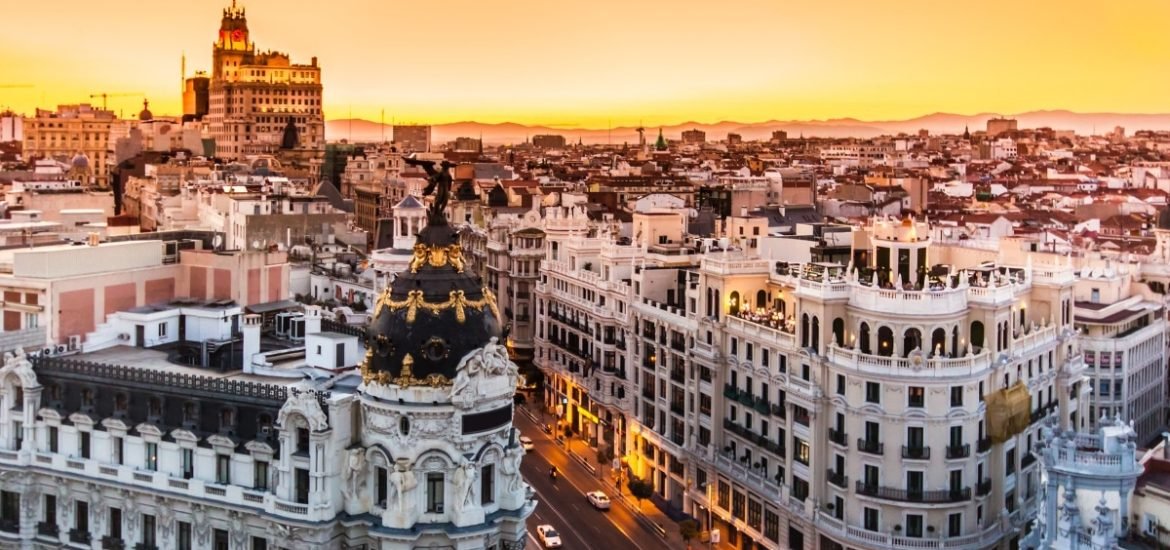
Almost 80 per cent of the world’s major cities will experience drastic changes as a result of global warming, according to a new report entitled Cities of the future: visualising climate change to inspire action. The findings suggest that in 30 years, London will have the same climate as Barcelona’s current climate and by 2050, Stockholm will feel more akin to present-day Budapest while Spanish cities like Madrid will have climates similar to Marrakech today. The full analysis was published on 10 July in the journal PLOS One (1).
The authors write that under a business as usual scenario, the Earth is likely to exceed 1.5 degrees Celcius of above pre-industrial levels by 2100. In European cities, temperatures are forecast to increase by as much as 3.5 degrees Celsius in summer and 4.7 degrees in winter. And by 2050, the costs associated with climate change will exceed $12 billion (around €10.5 billion).
Despite increased awareness of the problem, evidence suggests that facts and data do not always lead to action. And this is often because the data is not presented in a way that people can fully understand. So, the researchers at EHH Zurich set out to close the so-called ‘consensus gap’ between scientific knowledge and public opinion by creating a visualisation of the imminent threat of climate change with the hope of stimulating a unified action across all sectors of society — and to properly convey the urgency.
To understand global warming and to come up with better ways to address climate change and biodiversity loss, the team of multidisciplinary researchers gathered together at the Crowther lab to create a new report. The information contained in the report is not entirely new, however, the data is now visualised in a way that everyone can understand and relate to, as an interactive map showing 520 major cities and their 2050 counterparts. The findings are based on the forecasts of Intergovernmental Panel on Climate Change (IPCC) predicting a temperature rise of 2 degrees Celcius above pre-industrial levels by 2050 — although, many consider the forecast optimistic.
Cities in the Northern Hemisphere will start to resemble those closer to the equator, more than 1000 km away. And while the prospect of warmer weather may seem enticing to those currently living in colder climates, the changes will come with severely damaging effects on health, infrastructure, food security, as well as economies. Most frightening, perhaps, is that one-fifth of global cities — including Jakarta, Singapore, and Kuala Lumpur — will experience conditions never before seen in any major cities in the world. So, it remains uncertain how and whether these cities will be able to adapt.
Prof Tom Crowther, the founder of the Crowther Lab, told the Guardian, “These are environmental conditions that are not experienced anywhere on the planet at the moment.” Of the report, he says the results “blew my mind” and could mean “new political challenges, new infrastructure challenges, that we have not faced before.
Crowther also adds, “We are absolutely not prepared for this. Planning for climate change needs to start yesterday. The sooner it starts, the less the impact will be.” Indeed, many experts are increasingly concerned about society’s “lack of preparedness”.
(1) Bastin, J-F. et al. Understanding climate change from a global analysis of city analogues. PLOS One (2019). DOI: 10.1371/journal.pone.0217592